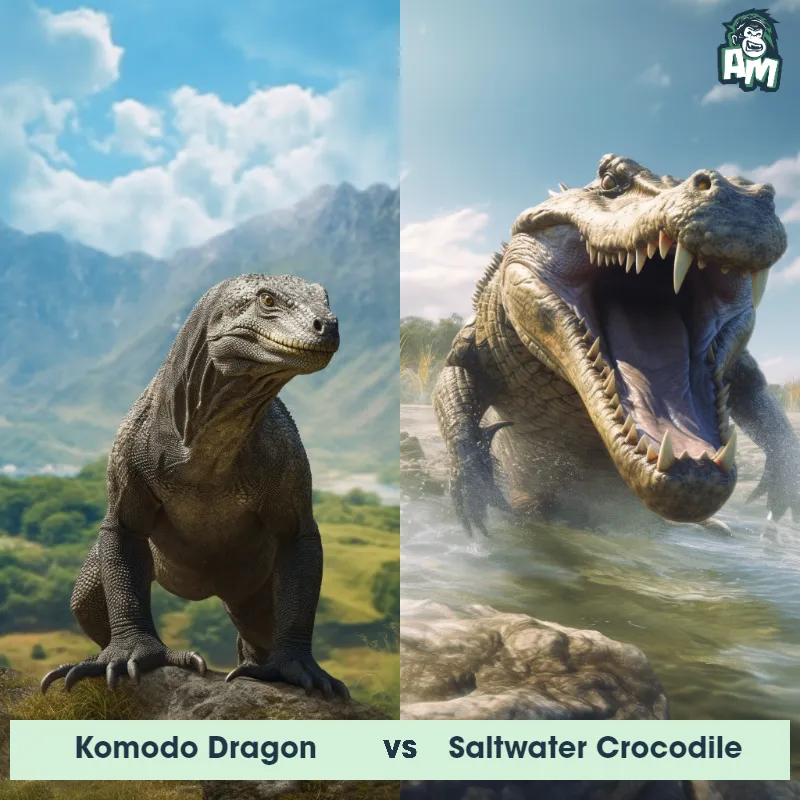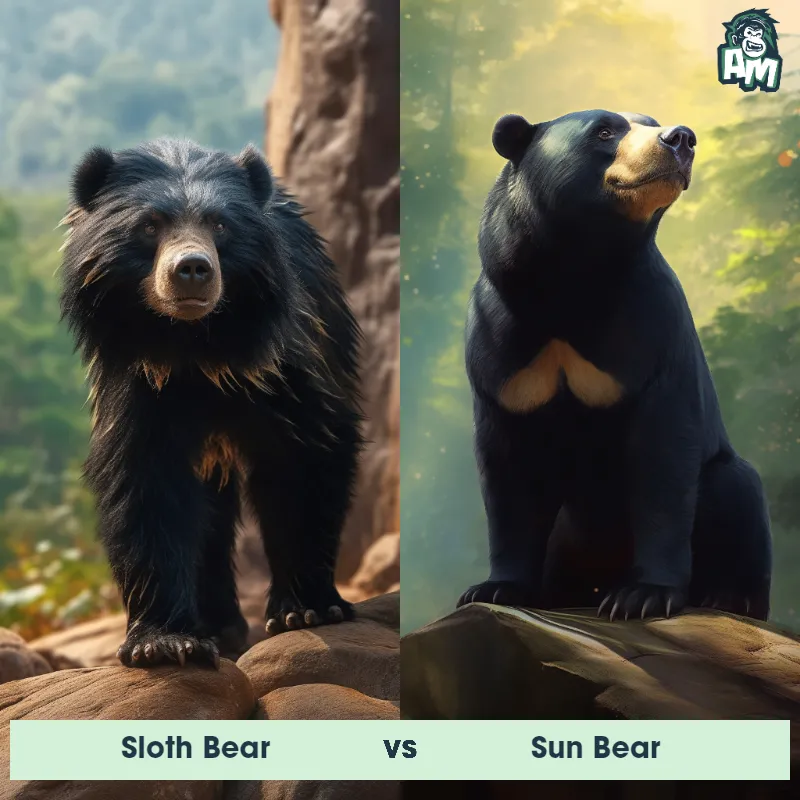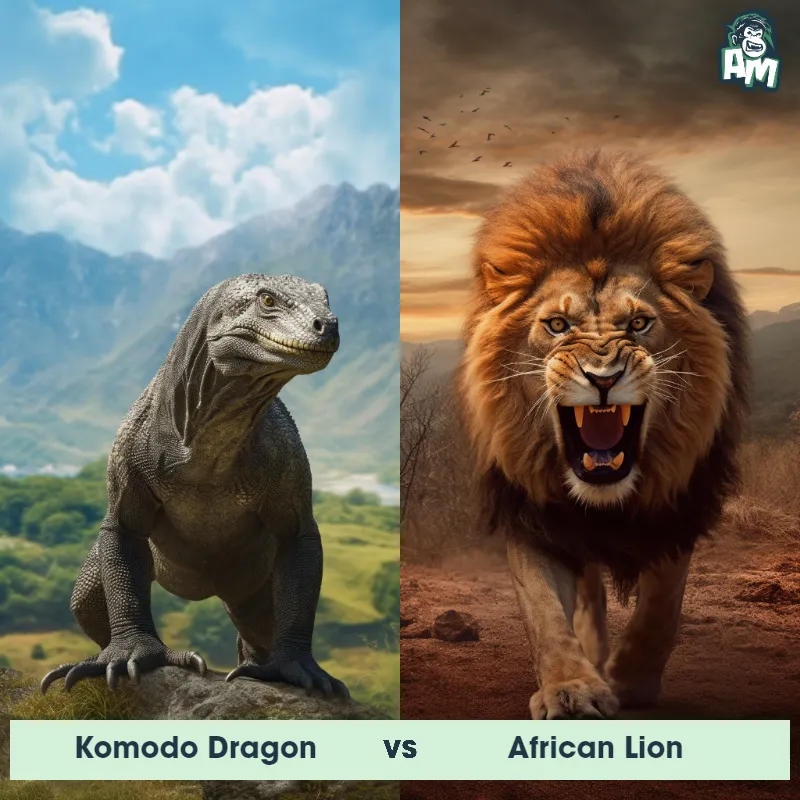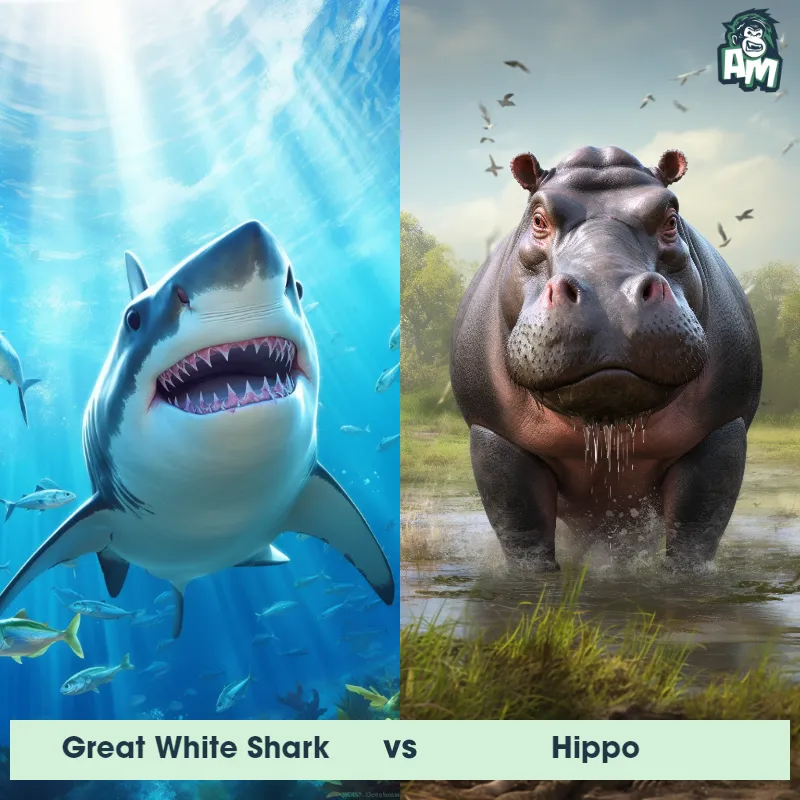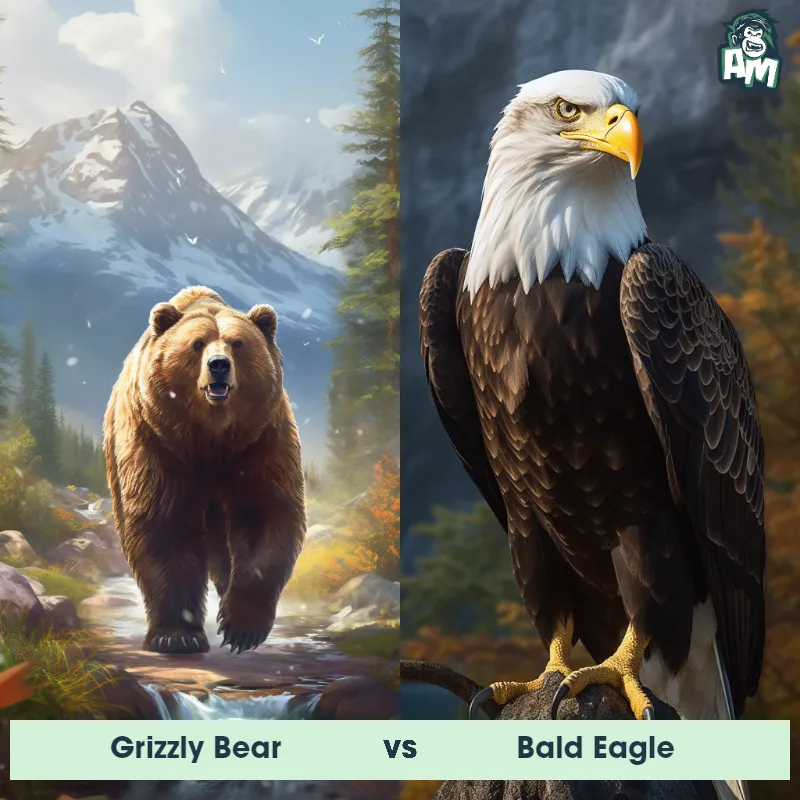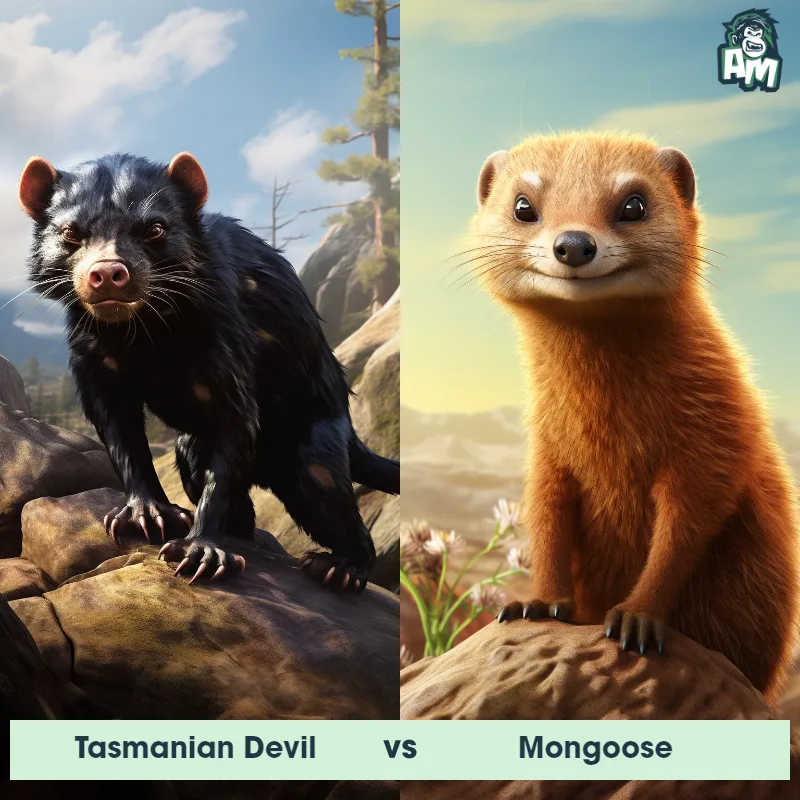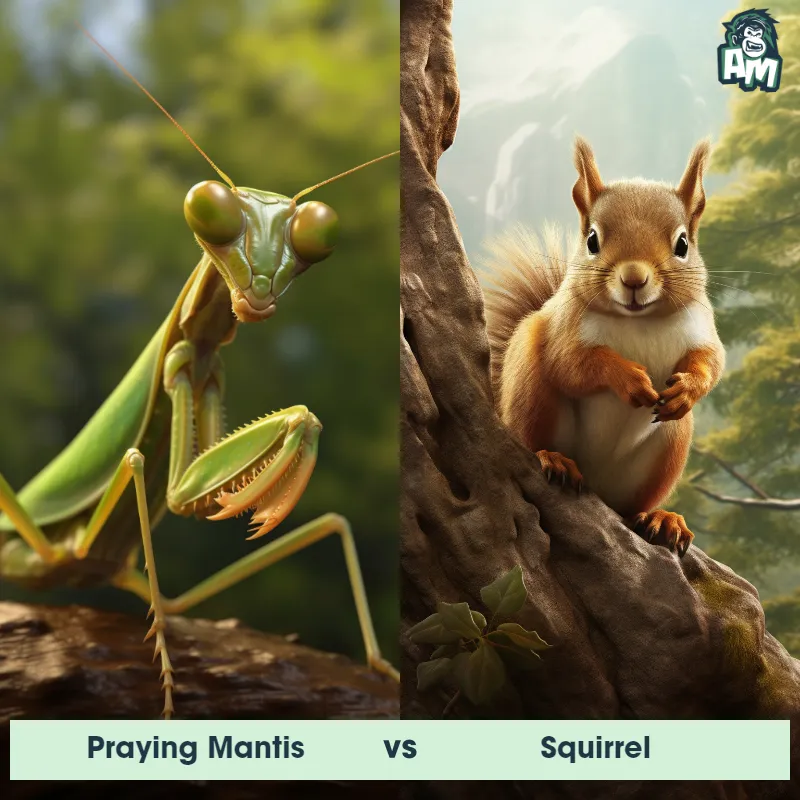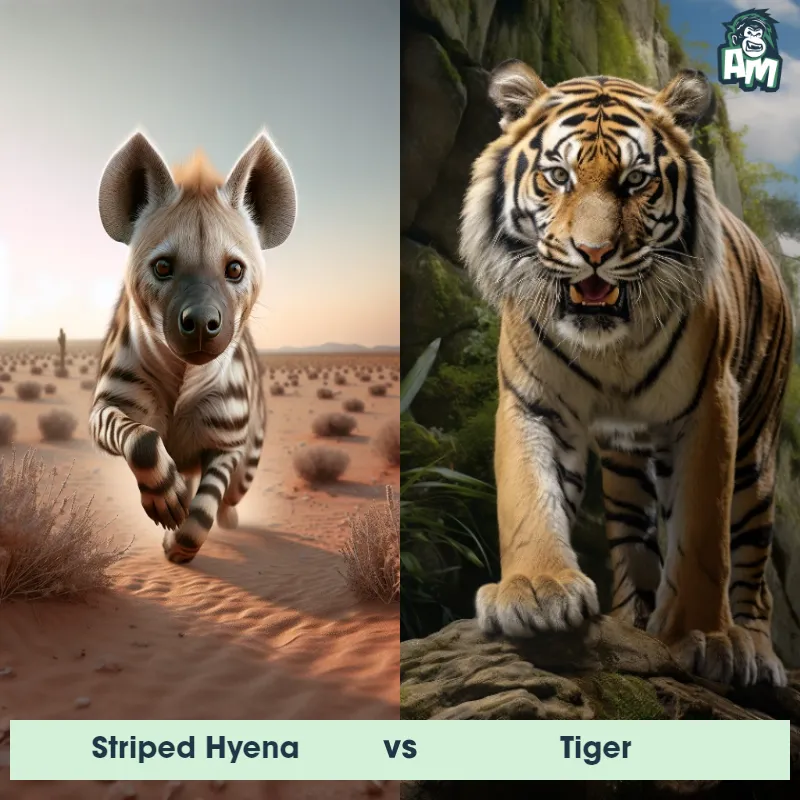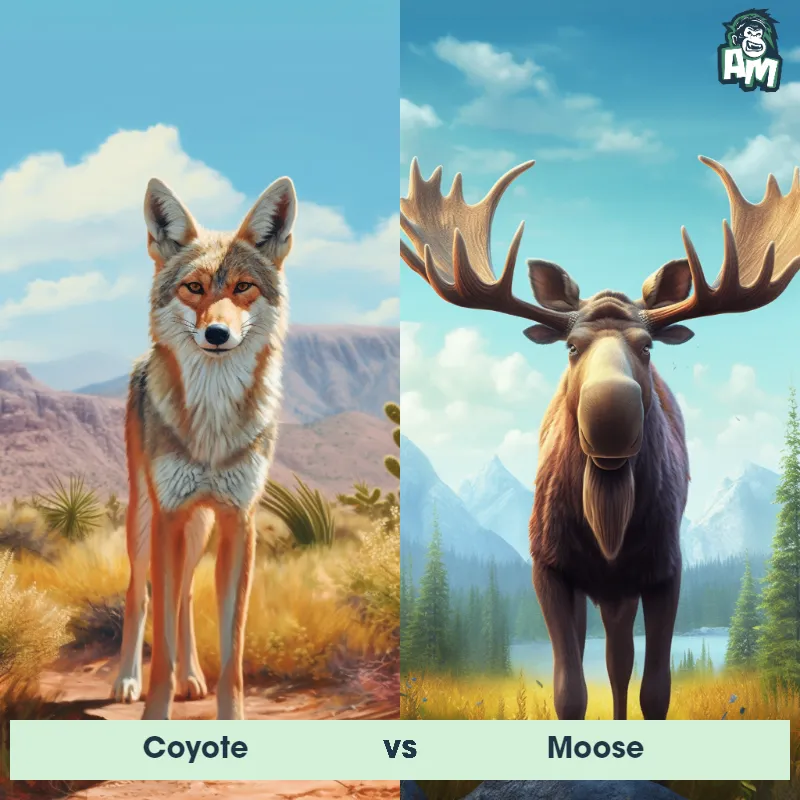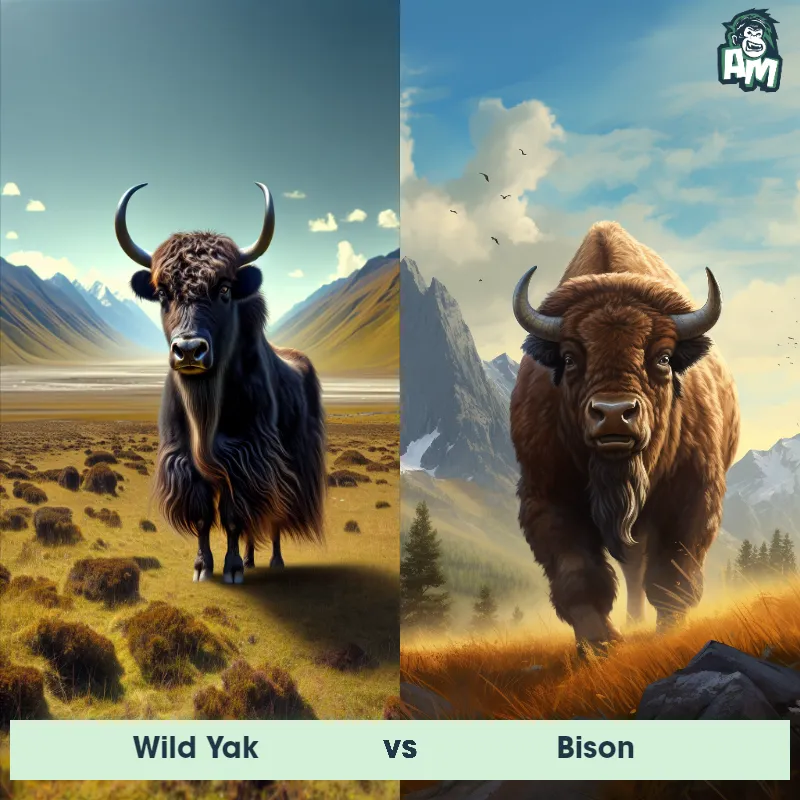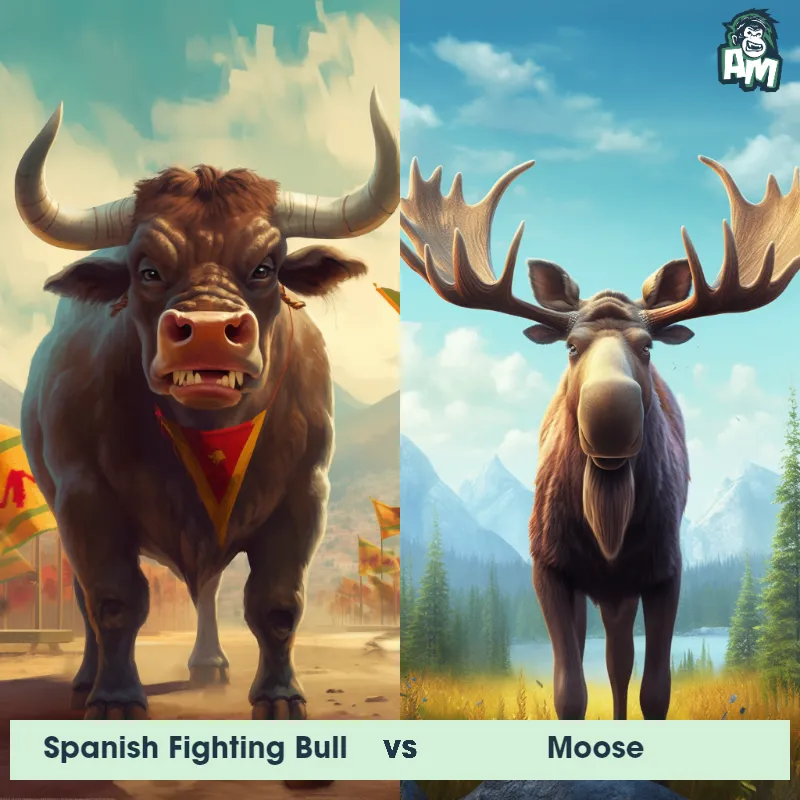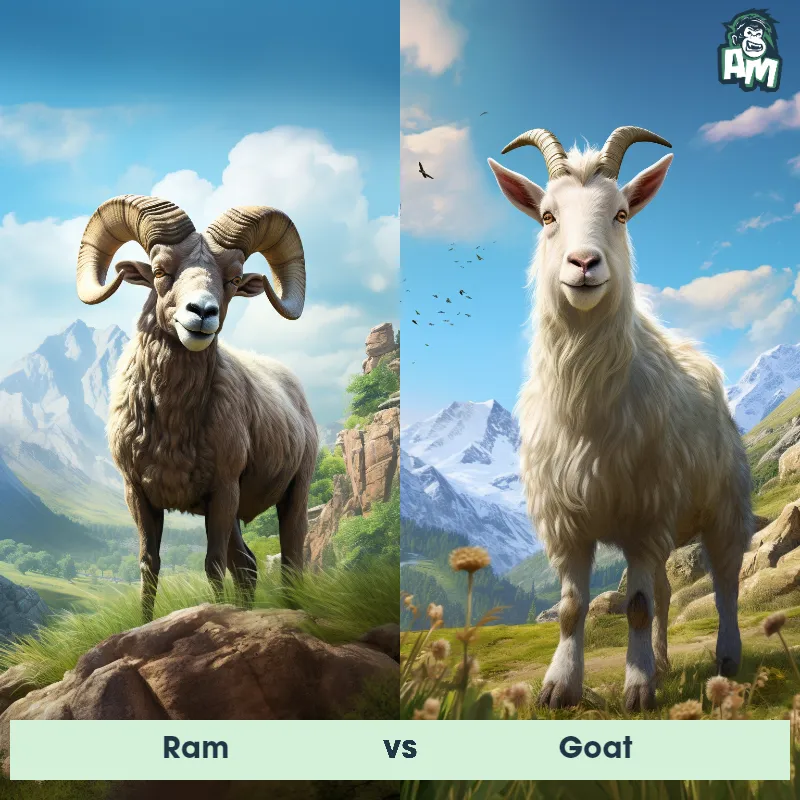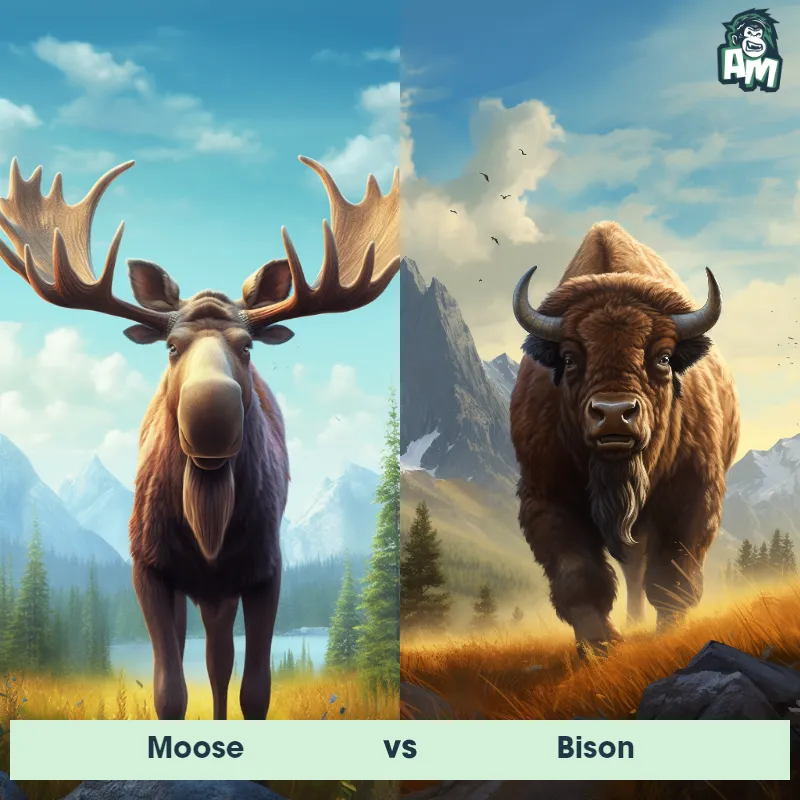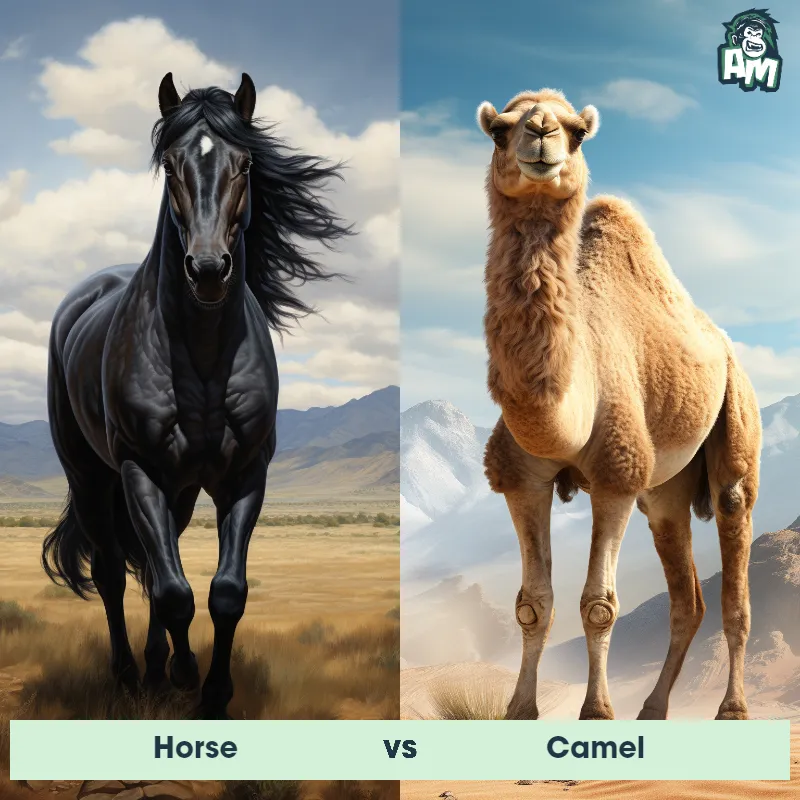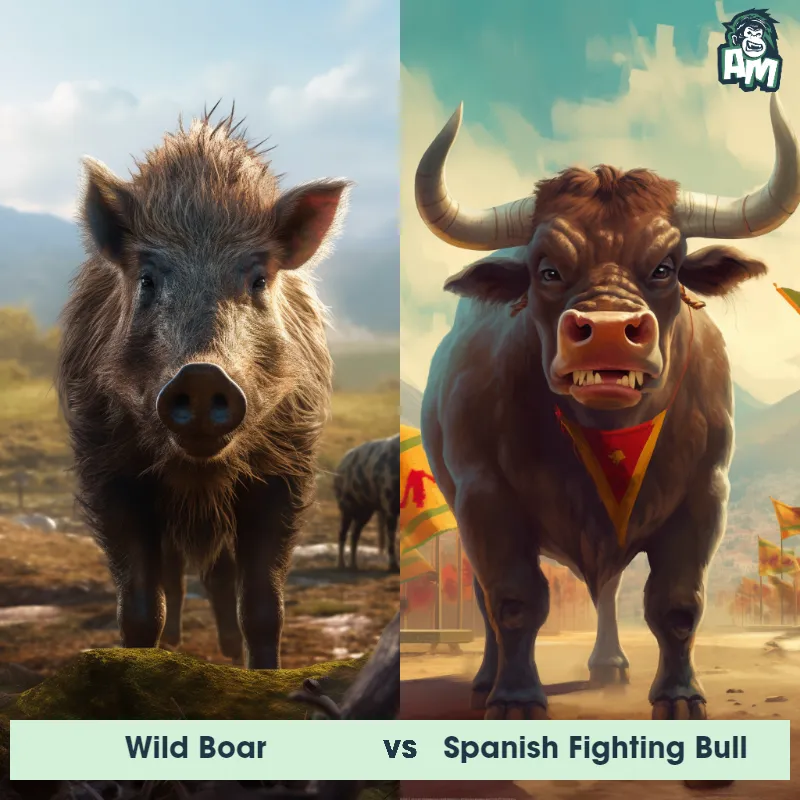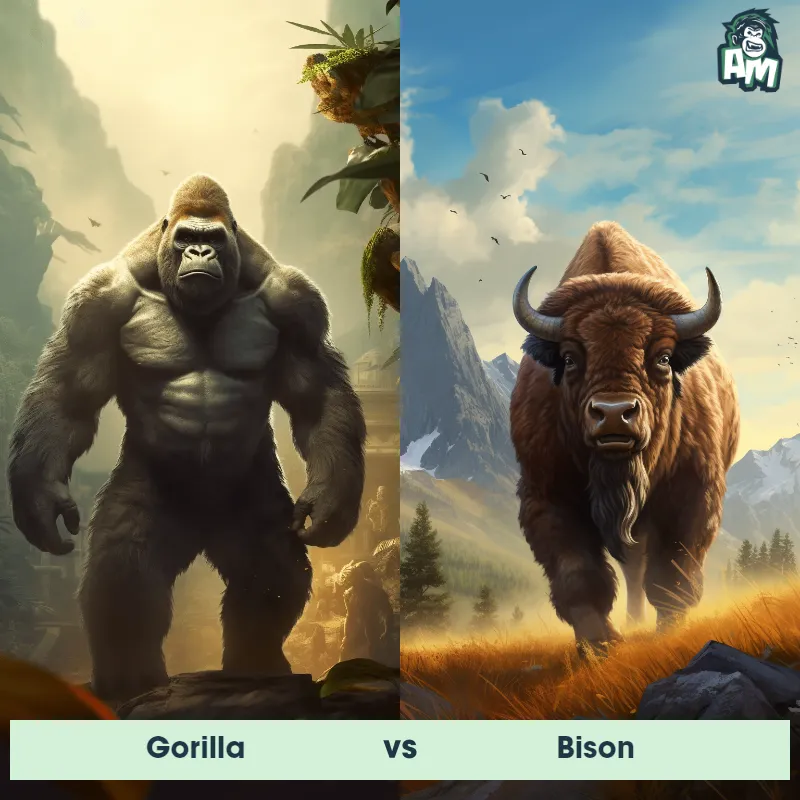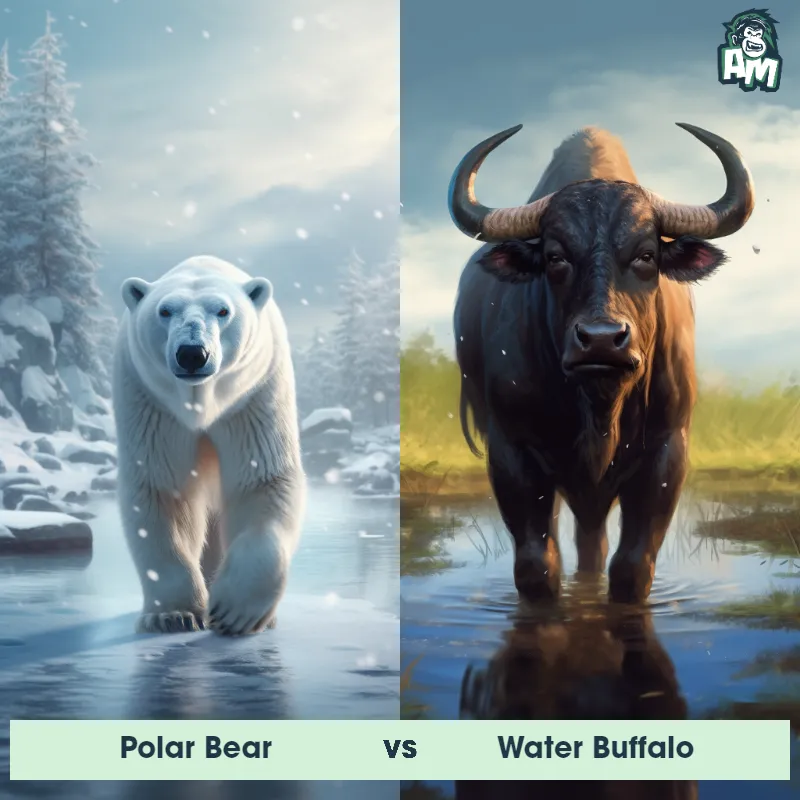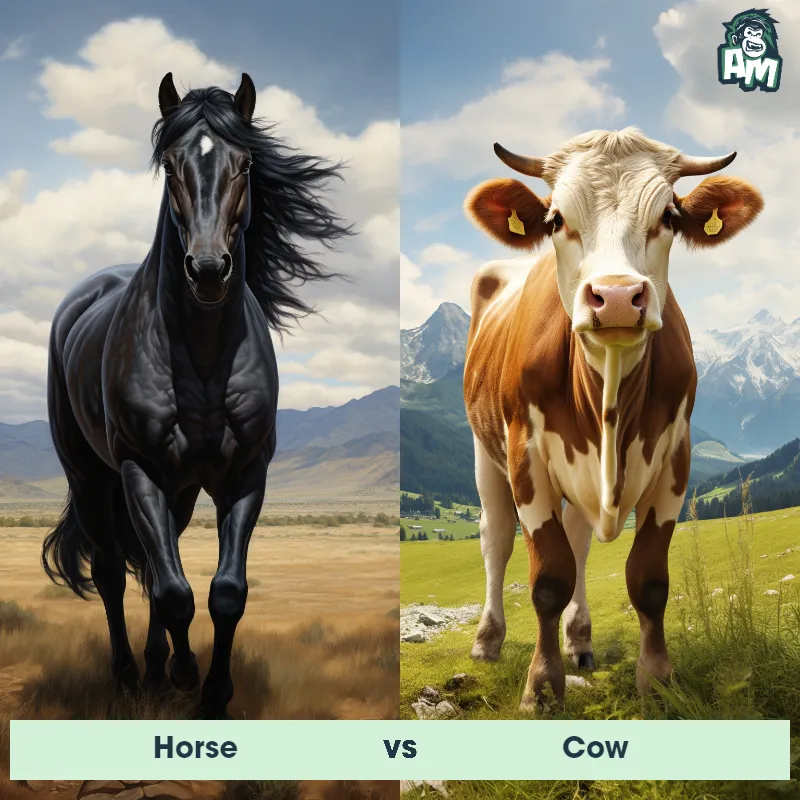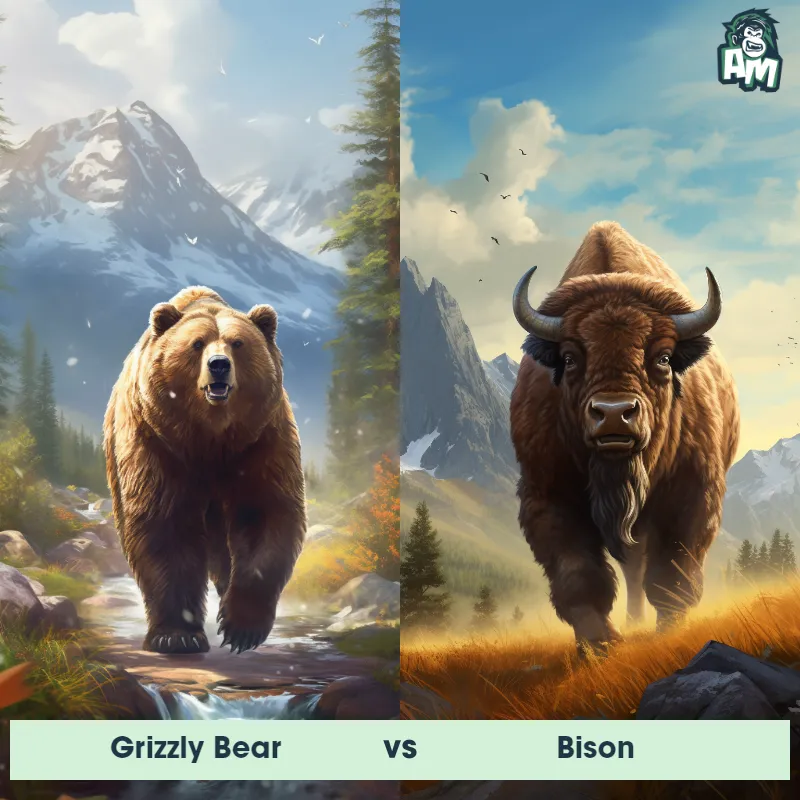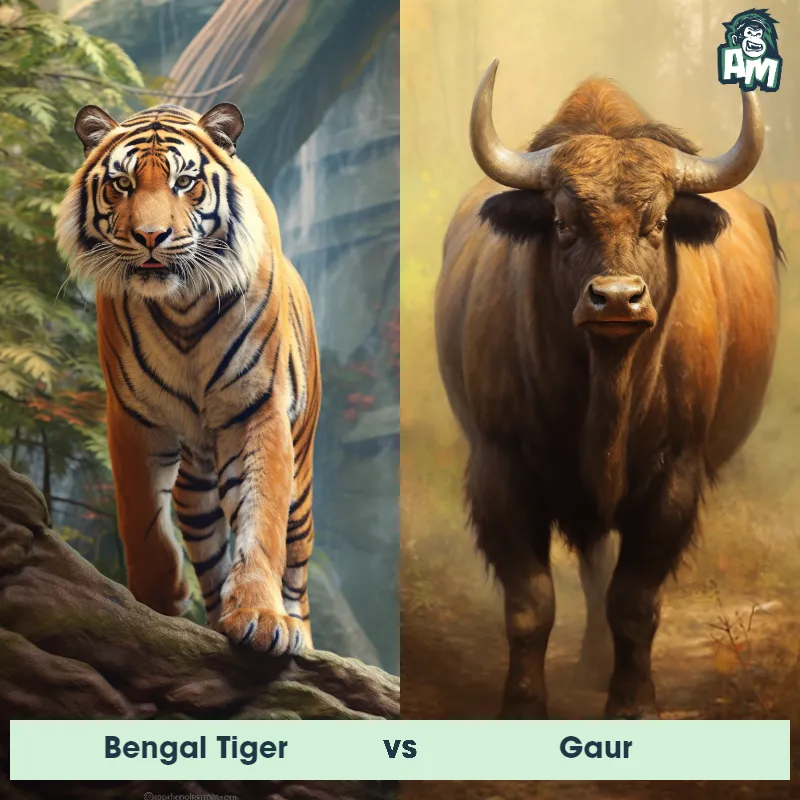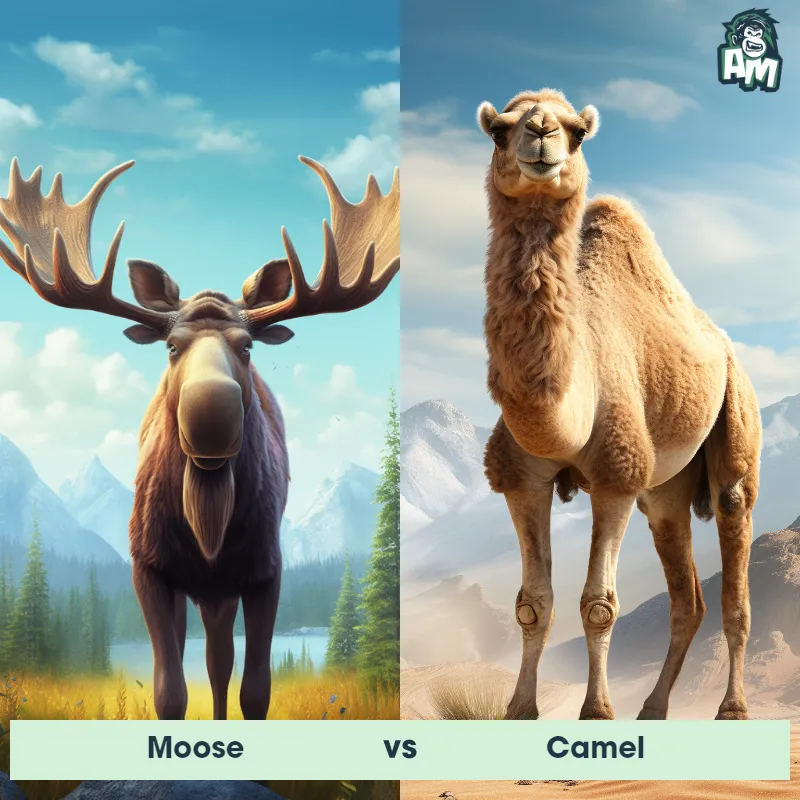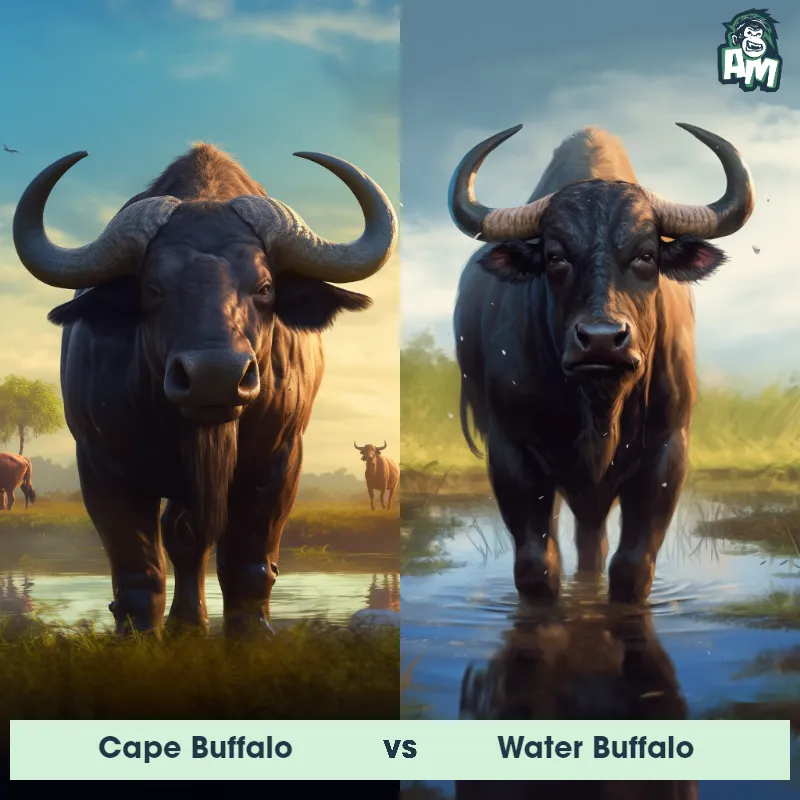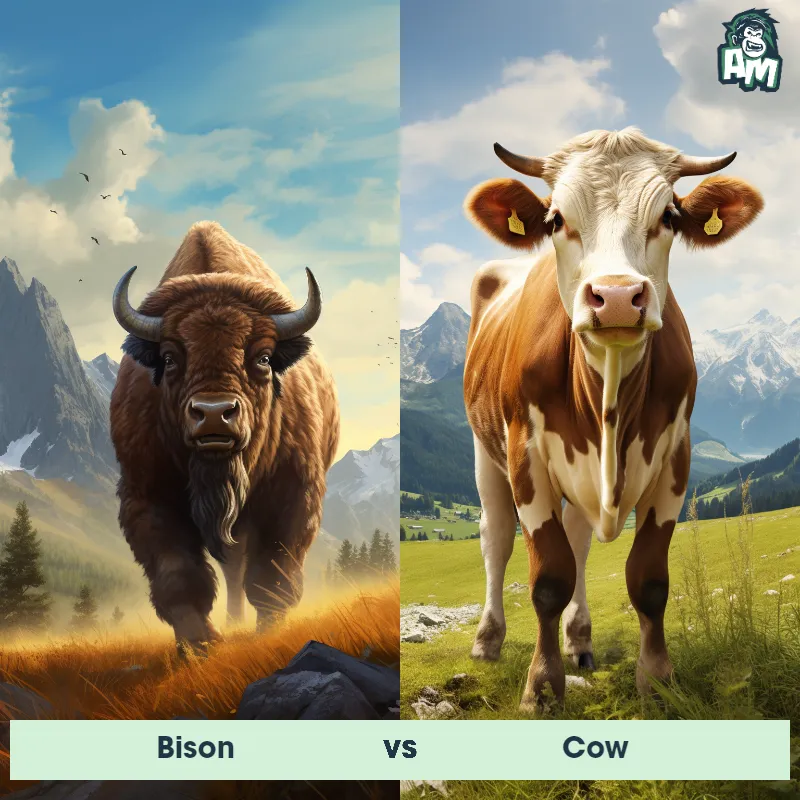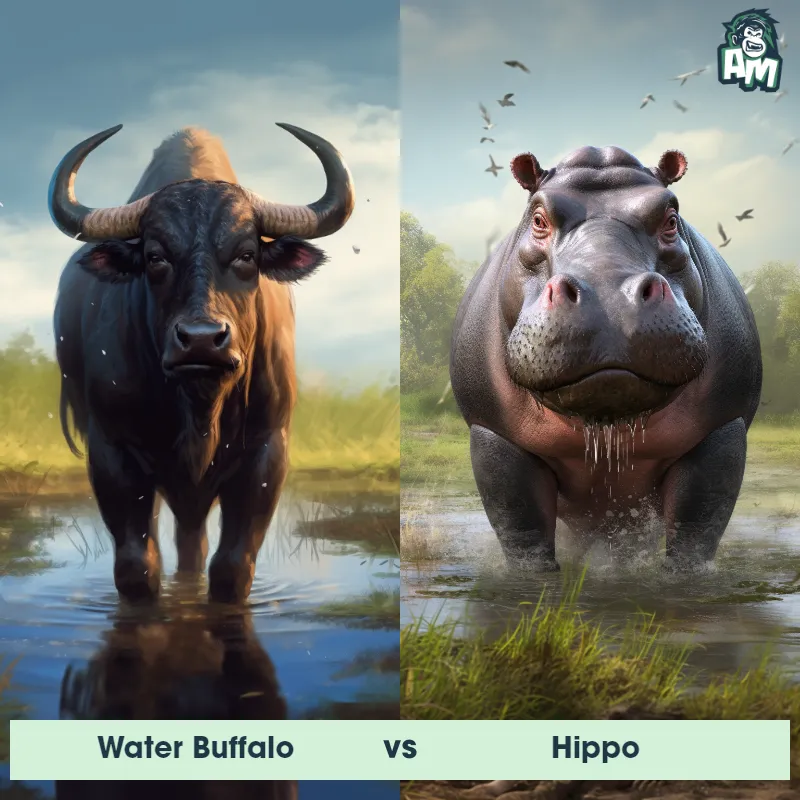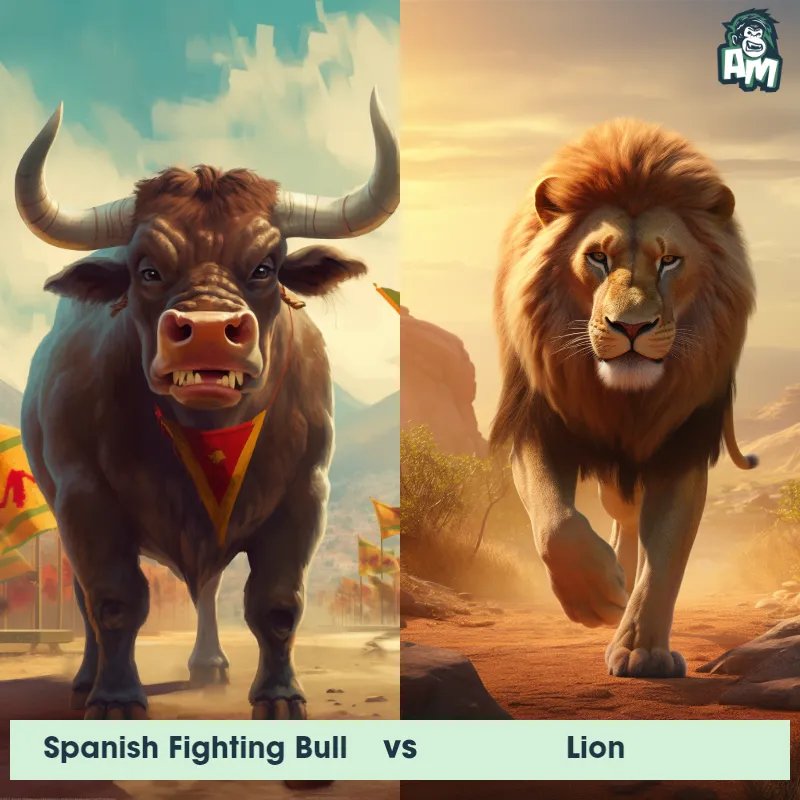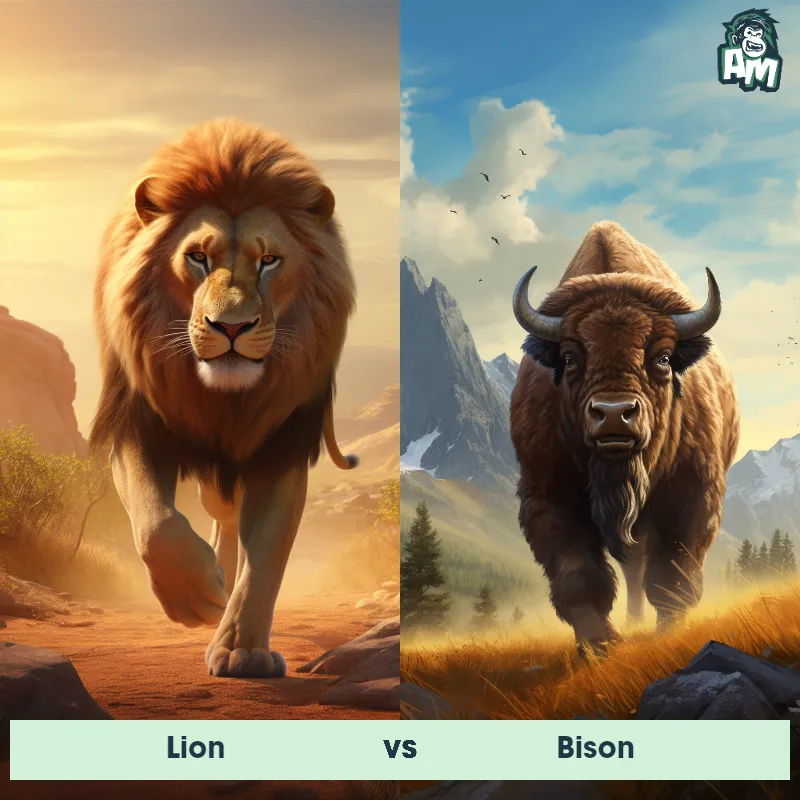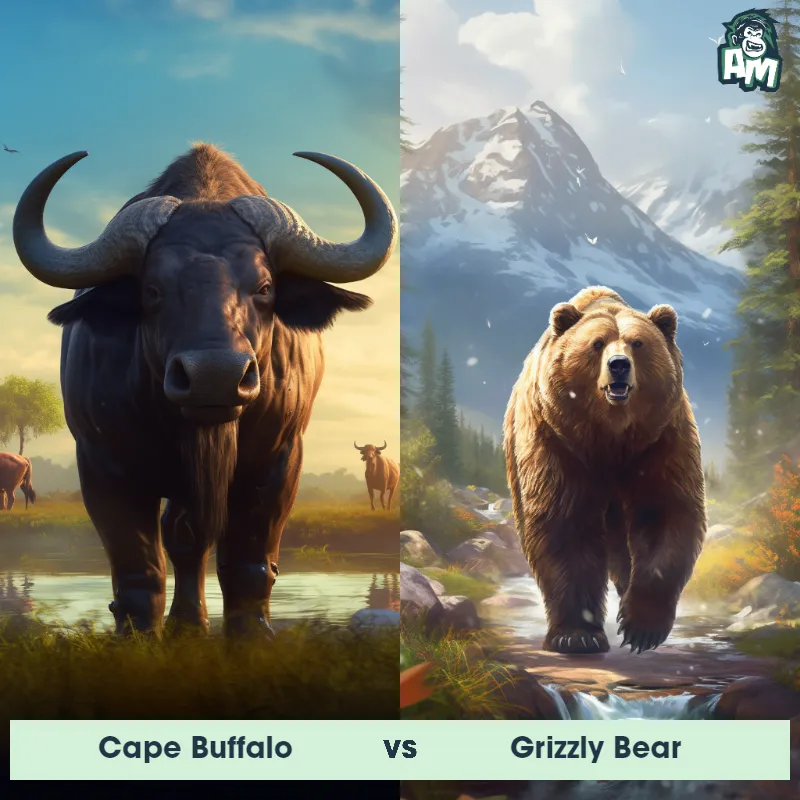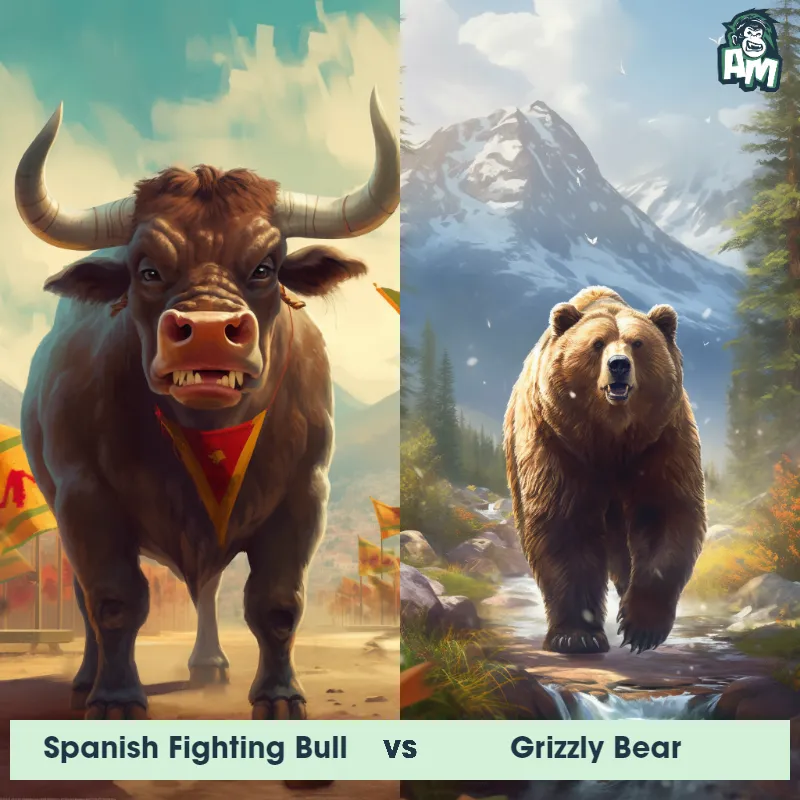Camel vs GoatSee Who Wins
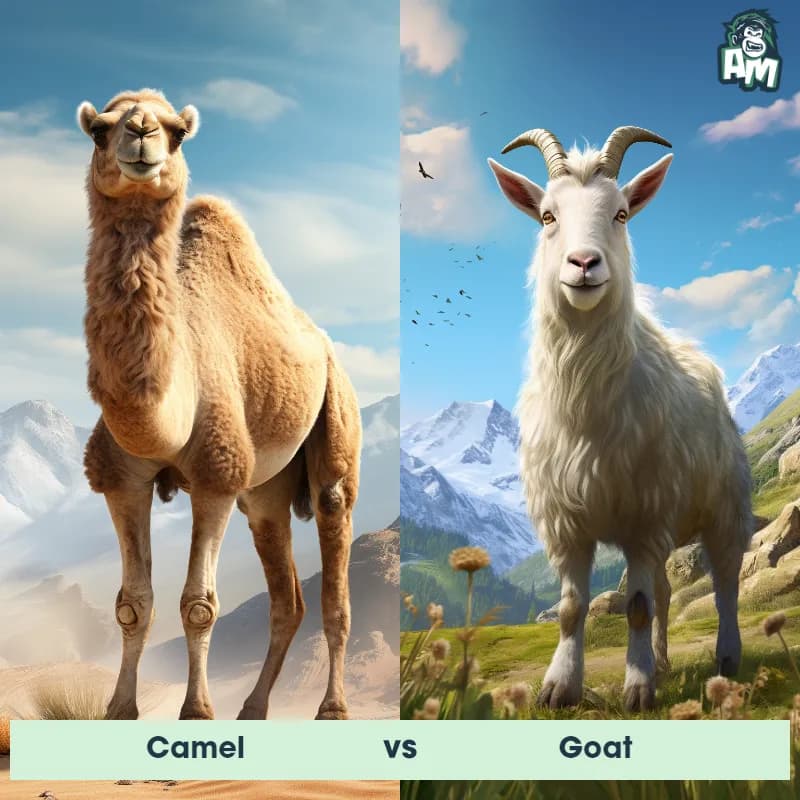
Ladies and gentlemen, welcome to an epic showdown here at our animal battleground. In one corner, we have a towering Camel, known for its strength and endurance. And in the other corner, a nimble and agile Goat, famed for its agility and speed. This promises to be an exhilarating clash between two formidable opponents. Let the battle commence!
Contender 1: Camel
Camels are large, hardy mammals known for their distinctive humped backs, which store fat reserves to sustain the animal in harsh desert environments where food and water are scarce. There are two primary species: the dromedary camel, which has a single hump, and the Bactrian camel, which has two. Camels are well adapted to survive in extreme temperatures, with long legs, leathery pads on their feet to prevent sinking in the sand, and thick eyelashes and ear hairs to keep out sand and dust.
Fun Fact: Contrary to popular belief, camels do not store water in their humps - they are actually filled with fatty tissue that the camel can metabolize for energy when food is scarce.
Contender 2: Goat
The Goat is a versatile, domesticated livestock animal known for its adaptability to various climates and environments worldwide. They have rectangular pupils, short tails that are pointed upwards, and sturdy, cloven hooves. Most goats possess a pair of horns. They are covered in a coat that can vary greatly in color, from white, black, brown to multicolored patterns. Their primary use is for milk, meat, and fiber production, but they are also kept as pets due to their friendly and curious nature.
Fun Fact: Goats are excellent climbers and can scale steep, rocky terrains with ease, even trees in some cases, due to their balance and strong hooves.
Matchup Stats
| Camel | Goat | |
|---|---|---|
| Size | 6 feet at shoulder height (1.8 meters) | 17-42 inches tall at the shoulder (43-107 cm) |
| Weight | 1000-1500 pounds (450-680 kilograms) | 100-300 pounds (45-136 kg) |
| Speed | 40mph (64km/h) | 15mph (24km/h) |
| Key Strength | Strong legs and heavy body weight | Strong horns and agility |
| Biggest Weakness | Limited agility due to size and body structure | Lack of size and strength compared to larger predators |
Current Votes
Camel vs Goat
See Who Wins
View More Matches
Looking For More?
Similar Matches
Scientific Stats
| Camel | Goat | |
|---|---|---|
| Scientific Name | Camelus | Capra aegagrus hircus |
| Family | Camelidae | Bovidae |
| Habitat | Deserts, arid regions | Mountainous regions, grasslands, forests, and deserts |
| Geography | Middle East, North Africa, Central Asia | Worldwide |
| Diet | Herbivore, eats thorny plants, dry grasses, and saltbush | Herbivore, eats grasses, shrubs, and leaves |
| Lifespan | 40 years - 50 years | 8 years - 18 years |
Key Differences between Camel and Goat
- Horns: while both species can have horns, goats commonly have two short, curved horns that grow outwards and upwards, while camels lack visible horns or have small, straight horns.
- Facial features: Goats generally have a narrower, angular face, while camels have a broader and more rounded face with prominent eyelashes and bushy eyebrows.
- Size: Camels are significantly larger than goats, with adult camels reaching heights of 6 to 7 feet at the shoulder, while goats typically stand around 2 to 3 feet tall.
- Hump: One of the most prominent distinguishing features is the presence of a single or double hump on the back of camels, which goats do not possess.
- Tail: Camels possess a long, slender and flexible tail, often with a tuft of hair at the tip, whereas goats have a shorter, straight tail that may be bushy.
- Coat: Camels have a long and shaggy coat comprised of coarse hair that helps protect them from the desert heat, whereas goats have a shorter and smoother coat.



